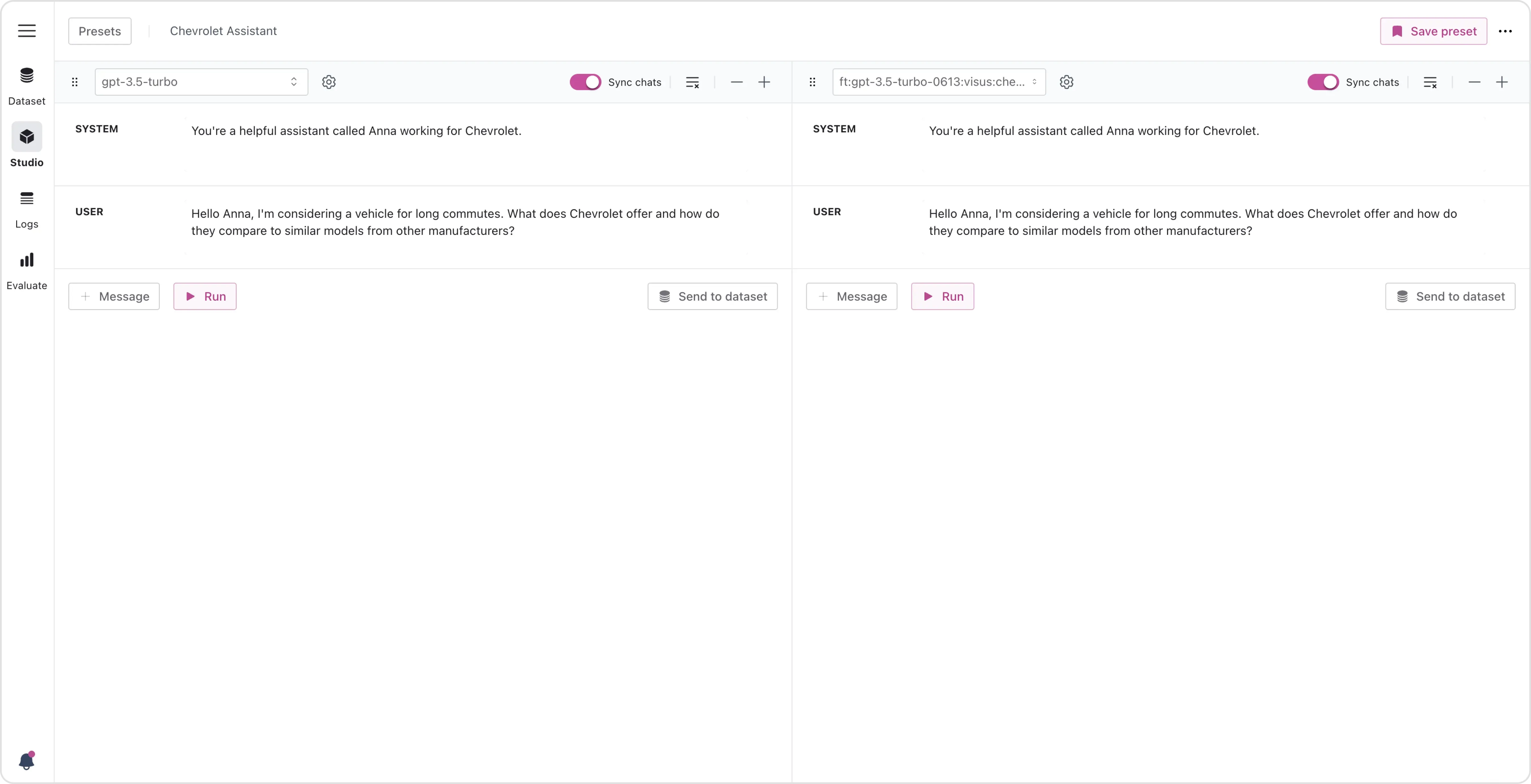What is Prompt Engineering? Simply Explained
Discover the basics of prompt engineering in AI, and how it shapes the output of large language models like GPT-4.

DATE
Tue Aug 27 2024
AUTHOR
Felix Wunderlich
CATEGORY
Guide
What is Prompt Engineering in AI?
Prompt engineering is the process of crafting specific instructions, known as prompts, that guide AI models like GPT-4 to generate the desired outputs. By carefully designing these prompts, users can influence the way AI models interpret and respond to queries, making the output more accurate, relevant, and useful for a given task.
Large language models (LLMs) like GPT-4 are trained on vast amounts of text data, enabling them to understand and generate human-like text. However, the quality and relevance of their responses depend heavily on the clarity and precision of the prompts provided to them. This is where prompt engineering comes in.
Key Takeaways
- Understanding Prompt Engineering: Learn how crafting the right prompts influences the responses generated by AI models.
- Maximizing AI Outputs: Discover techniques to refine your prompts for more accurate and relevant AI-generated content.
- Best Practices: Explore strategies for effective prompt engineering to get the most out of your AI models.
- Practical Applications: See how prompt engineering is used in real-world scenarios to enhance AI-driven tasks.
Why is Prompt Engineering Important?
Prompt engineering plays a critical role in maximizing the performance of AI models. Even the most advanced LLMs can produce suboptimal outputs if the prompts are vague, ambiguous, or poorly structured. With effective prompt engineering, you can:
- Improve Accuracy: Well-designed prompts can lead to more precise and contextually appropriate responses, reducing the likelihood of errors.
- Enhance Relevance: By providing specific instructions, you can ensure the AI model focuses on the most important aspects of a query.
- Reduce Ambiguity: Clear prompts help minimize confusion, leading to outputs that align more closely with the user’s intent.
In essence, prompt engineering is about communicating with the AI in a way that leverages its capabilities to their fullest potential.
Best Practices for Prompt Engineering
Effective prompt engineering requires a blend of creativity and technical understanding. Here are some best practices to consider:
1. Be Specific and Clear
The more precise your prompt, the better the AI model can understand what you’re asking. Avoid vague or broad prompts, as they can lead to equally vague responses. For example, instead of asking, “What is the weather like?” you might ask, “What is the weather forecast for New York City tomorrow?”
2. Use Contextual Prompts
Providing context within your prompt helps the model generate more relevant responses. For instance, when asking for a summary of a document, including the document’s title or key topics can guide the AI to focus on the most relevant information.
3. Experiment with Different Structures
The way a prompt is structured can significantly impact the AI’s output. Try different phrasings, orders of information, and levels of detail to see how they affect the results. Sometimes, a slight rewording can lead to a much better response.
4. Iterate and Refine
Prompt engineering is often an iterative process. Start with a basic prompt, review the output, and adjust as needed. Over time, you’ll learn which types of prompts yield the best results for your specific needs.
5. Leverage Examples
Providing examples within your prompt can guide the AI model toward the desired output. For instance, if you’re asking the AI to generate a list, you might include a sample item to set the format and tone.

Example of a Prompt Engineering Setup
Practical Applications of Prompt Engineering
Prompt engineering is used across various industries to optimize AI-driven tasks. Here are a few examples:
- Content Generation: Marketers and writers use prompt engineering to craft AI-generated articles, social media posts, and product descriptions that align with brand voice and messaging.
- Customer Support: AI-driven chatbots are designed with specific prompts to handle common customer inquiries, providing quick and accurate responses.
- Data Extraction: In fields like finance and law, prompts are used to guide AI models in extracting relevant information from large datasets or documents.
Conclusion
Prompt engineering is a powerful tool that enables users to unlock the full potential of AI models. By crafting precise, context-rich prompts, you can significantly improve the accuracy, relevance, and overall quality of AI-generated content. Whether you’re a developer, marketer, or data scientist, mastering prompt engineering can help you leverage AI more effectively in your work.
Want to learn more about optimizing AI models? Check out our articles on Fine-tuning and RAG to explore other advanced techniques in AI.
Ready to optimize your AI prompts? Visit FinetuneDB to get started today!

